Kotsanas’ wooden reproduction of the stomachion

Kotsanas’ wooden reproduction of the stomachion A modern reproduction of Archimedes’ stomachion Copyright: Collection and Archive of Kotsanas Museum of Ancient Greek Technology (www.kotsanas.com) – The image shows a reproduction of the stomachion game located in the K. Kotsanas Museum of Ancient Greek Technology in Heraklion, Crete. This wooden artefact consists of a square geometric […]
The geometric design of the stomachion diagram

The geometric design of the stomachion diagram The division of the square according to the indications of an Arabic manuscript description: stomachion of Archimedes, with a 1/12 grid, author: Hagen von Eitzen, copyright: public domain – This image reproduces the Graeco-Roman stomachion square according to the proportions provided by a 17th c. manuscript in the […]
The Gut / Der Darm

The Gut / Der Darm Anetta Mona Chisa & Lucia Tkacova public sculpture, Schillerplatz, Chemnitz (part of the project Gegenwarten | Presences), photographed by the artist – The Gut is the organ that renders Marx’s body in the city that holds the largest sculpture of Marx’s head in the world – Karl-Marx-Monument. The actual head […]
Henry Gray (anatomist) and Henry Vandyke Carter (artist), Fig. 1005, Superior and inferior duodenal fossæ.
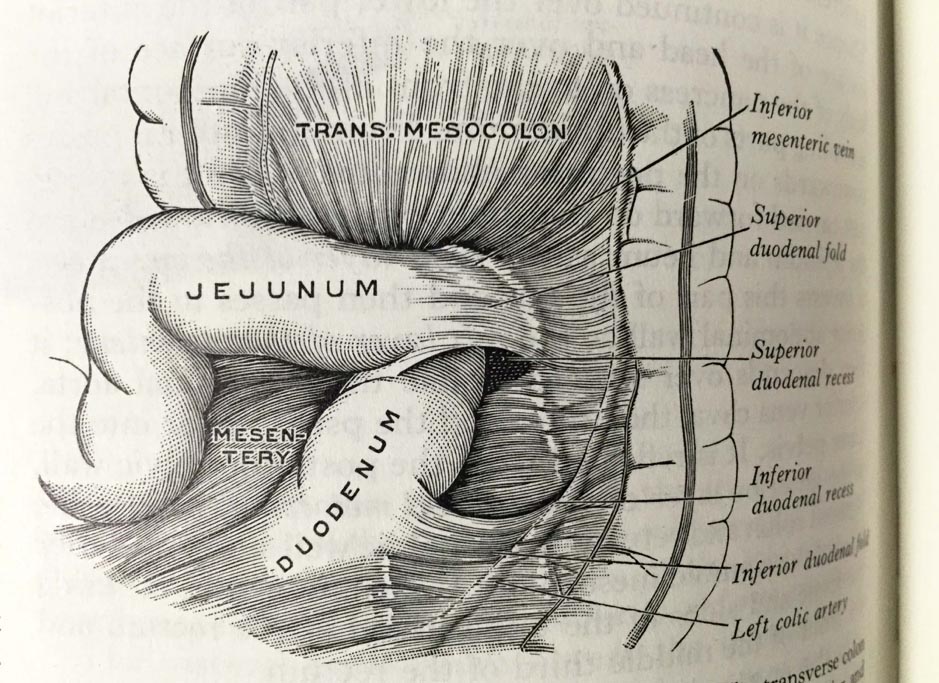
Henry Gray (anatomist) and Henry Vandyke Carter (artist), Fig. 1005, Superior and inferior duodenal fossæ. Gray’s Anatomy Descriptive and Applied. A New American Edition (1913), p. 1265.Private collection: Nina Sellars. Photographer: Nina Sellars. – Giving thoughtful attention to the physical qualities of the classical anatomical atlases brings our awareness not only to their content and […]
Rose B. Simpson, Vital Organ: Gut (2022)

Rose B. Simpson, Vital Organ: Gut (2022) Clay, twine, grout, glaze. Photo credit: Dan Bradica; Jessica Silverman, San Francisco; Jack Shainman Gallery, New York. Courtesy of the artist – Rose B. Simpson works across media: steel, leather, beads, linen, car parts, jute string, volcanic stone. Over the past decade, she has repeatedly turned to ceramic […]
Mary Reid Kelley with Patrick Kelley, This is Offal (2015)
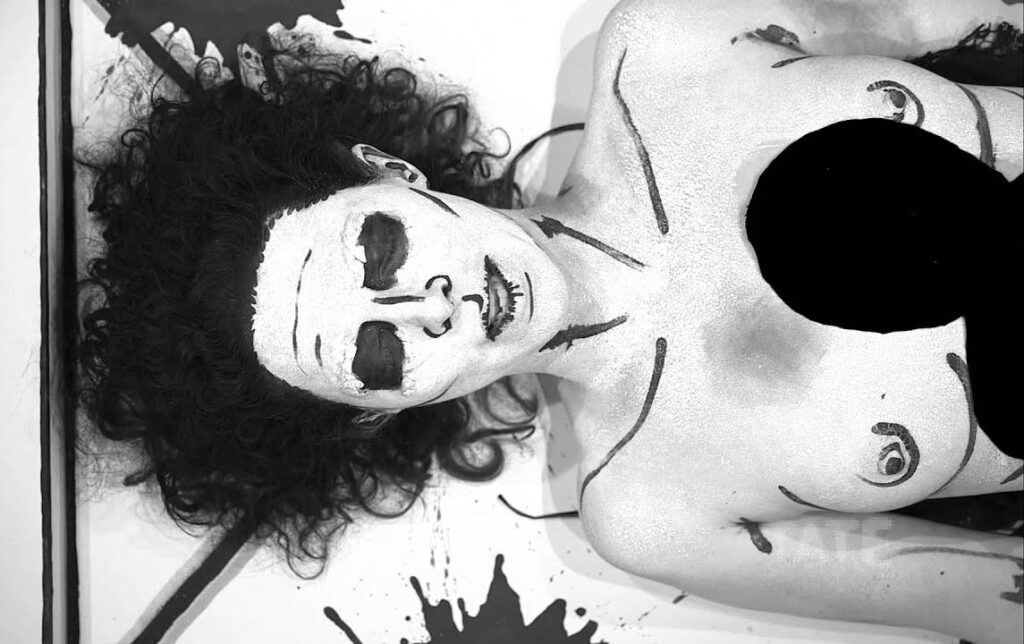
Mary Reid Kelley with Patrick Kelley, This is Offal (2015) Live performance streamed via internet, 8 min., Tate Modern, November 19, 2015; Photo credit: Patrick Kelley. Courtesy of the artists A video of the performance is available here – Mary Reid Kelley works at the boundary between performance, painting, and poetry. She crafts vivid, layered […]
Martha Friedman, 29 Untitled (2018)
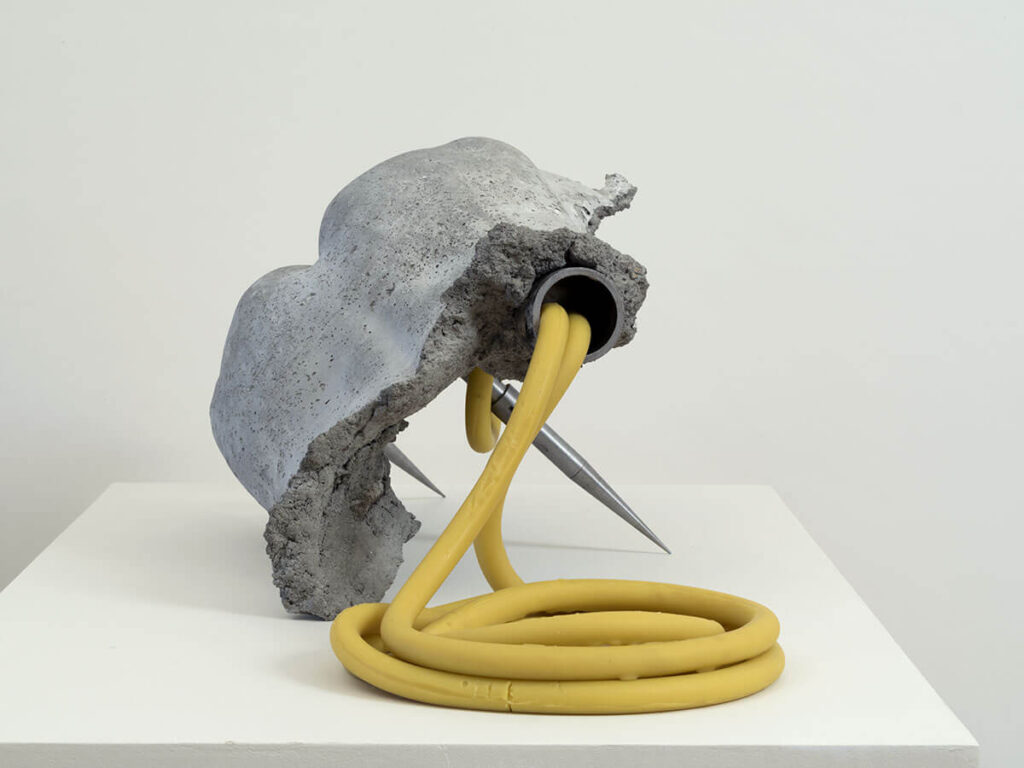
Martha Friedman, 29 Untitled (2018) Concrete, silicone rubber, and steel; Photo credit: John Berens. Courtesy of the artist – The work of Martha Friedman registers her ongoing experiments with materials—especially silicone rubber, concrete, and glass—capable of radical phase change under controlled conditions. She puts these material transformations into feedback loops with the capacities of the […]
Side entanglements on Flax
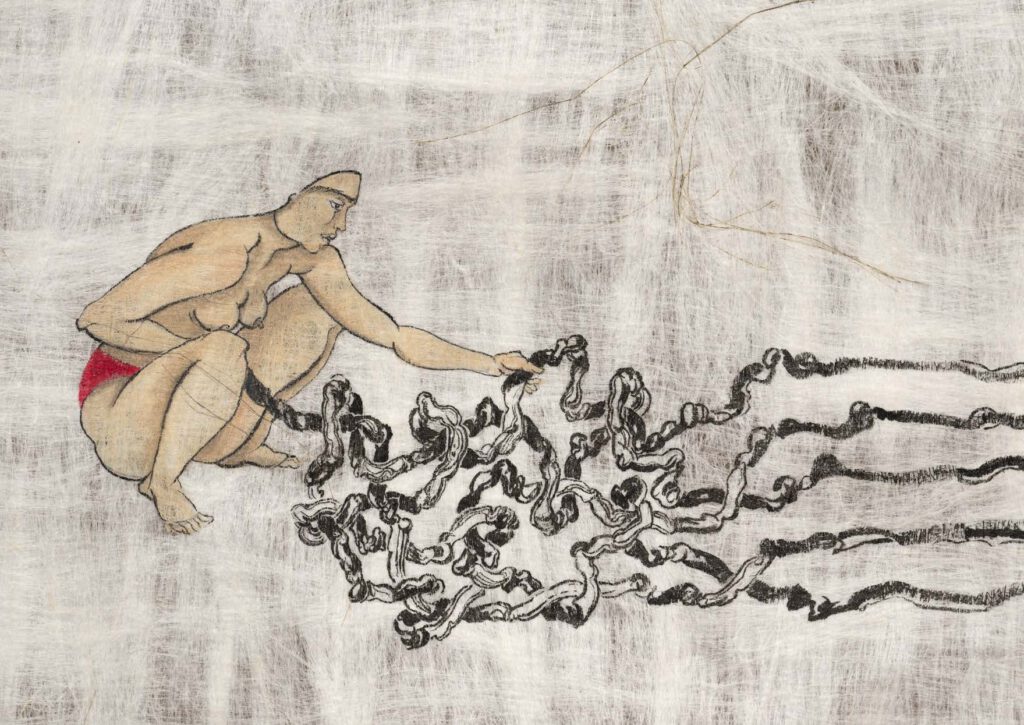
Side entanglements on Flax Hayv Kahraman Side entanglements on Flax, 2022 Oil and ink on flax Unframed: 91.4 × 39.4 cm 36 × 15 1/2 in Framed: 98.5 × 45.6 × 4 cm 38 3/4 × 18 × 1 5/8 in (KAHR 2021035) Read the History
NeuroBust no.5
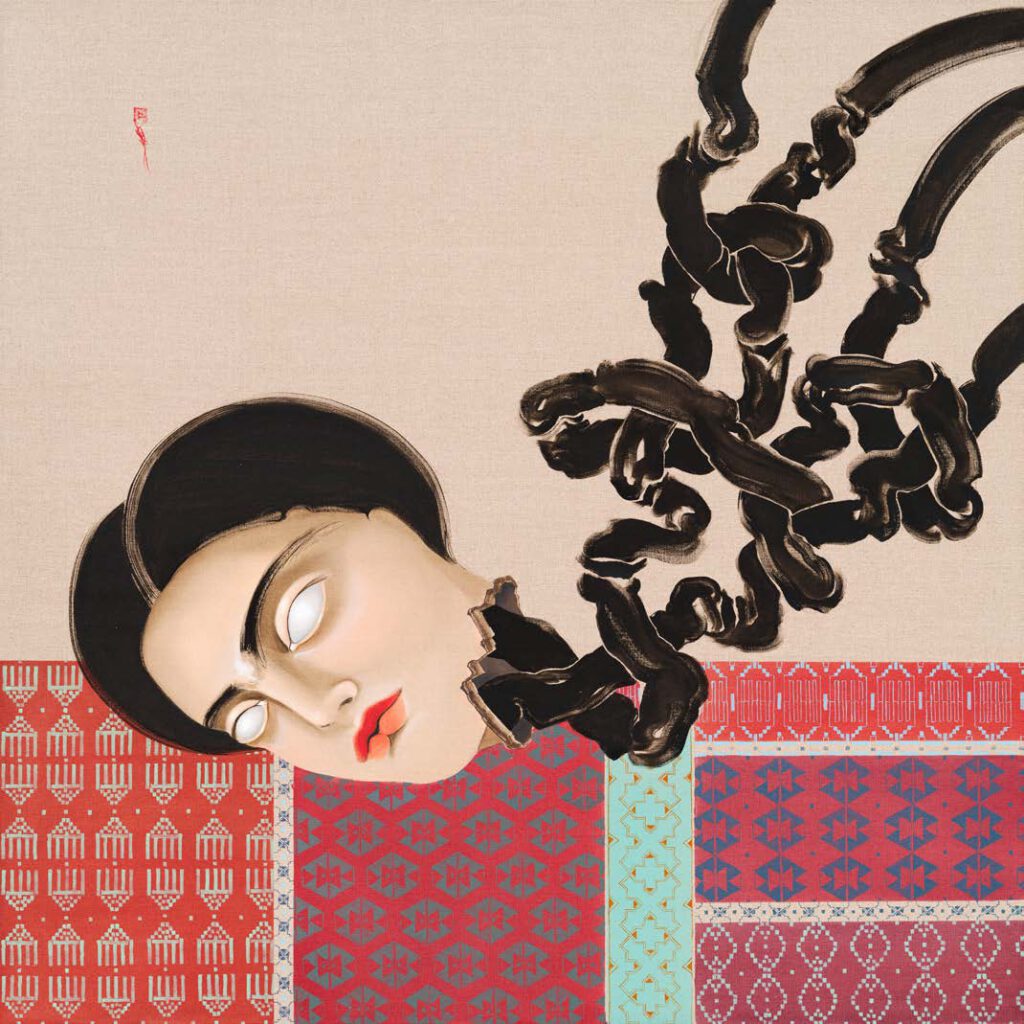
NeuroBust no.5 Hayv Kahraman NeuroBust no.5, 2022 Oil on linen 88.9 × 88.9 cm 35 × 35 in (KAHR 2022004) Read the History
Torshi and eyes
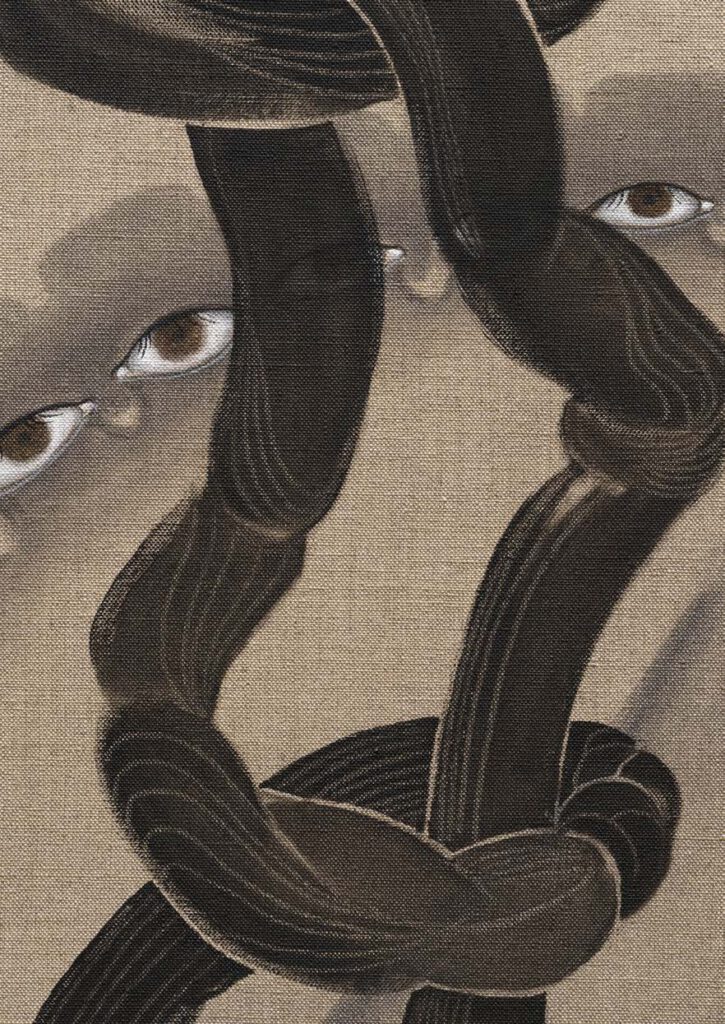
Torshi and eyes Hayv Kahraman Torshi and eyes, 2022 Oil and torshi on linen 127 × 127 cm 50 × 50 in (KAHR 2022006) Read the History
